Failure point)
In cases for which several stochastic basic variables are involved in a performance function, the number of possible combinations of such variables satisfying W (x) = 0 is infinite. From the design viewpoint, one is more concerned with the combination of stochastic basic variables that would yield the lowest reliability or highest failure probability. The point on the failure surface associated with the lowest reliability is the one having the shortest distance to the point where the means of the stochastic basic variables are located. This point is called the design point (Hasofer and Lind, 1974) or the most probable failure point (Shinozuka, 1983).
Consider that X = (X1,X2,…,XK)t are K uncorrelated stochastic basic variables having a vector mean px and covariance matrix Dx...
read more





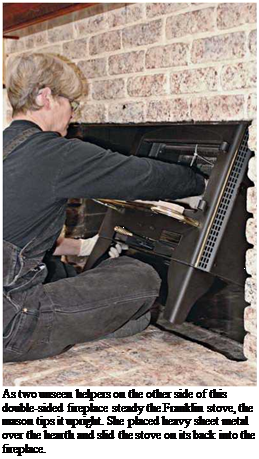
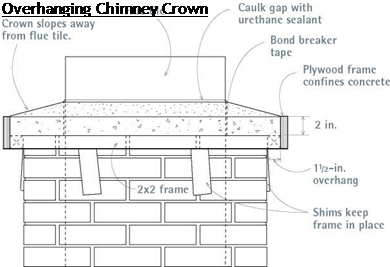

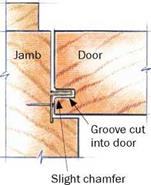
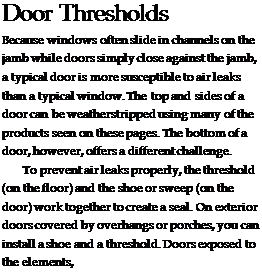

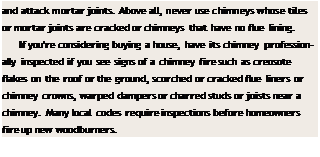 If the chimney isn’t cleaned for a while, creosote accumulates until it’s heated enough to combust in a flash fire, often in excess of 2,000°F. For homeowners, a chimney fire is a terrifying experience, for it may literally roar for extended periods inside the entire flue, flames shooting skyward from the chimney top as though from an inverted rocket...
If the chimney isn’t cleaned for a while, creosote accumulates until it’s heated enough to combust in a flash fire, often in excess of 2,000°F. For homeowners, a chimney fire is a terrifying experience, for it may literally roar for extended periods inside the entire flue, flames shooting skyward from the chimney top as though from an inverted rocket...